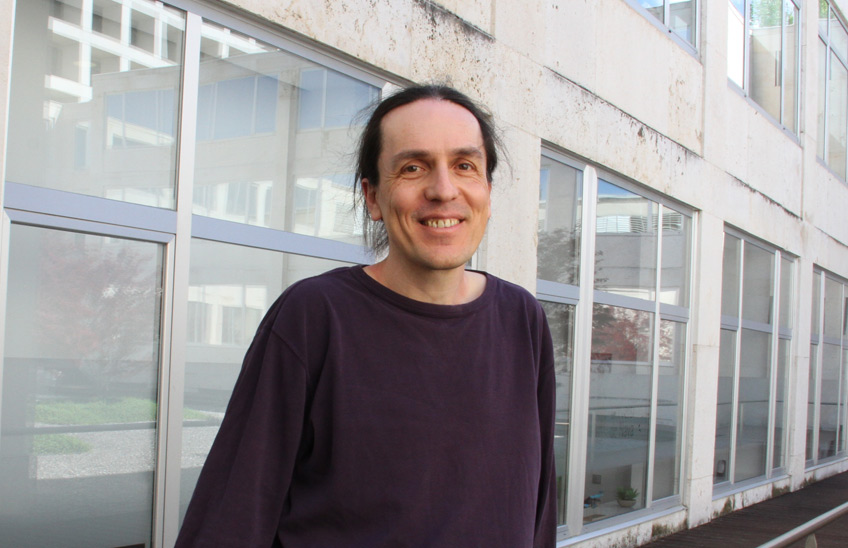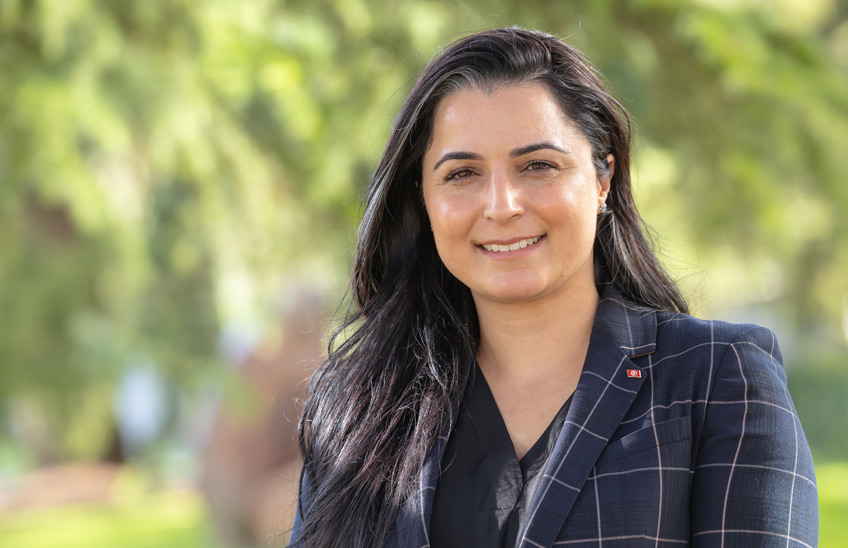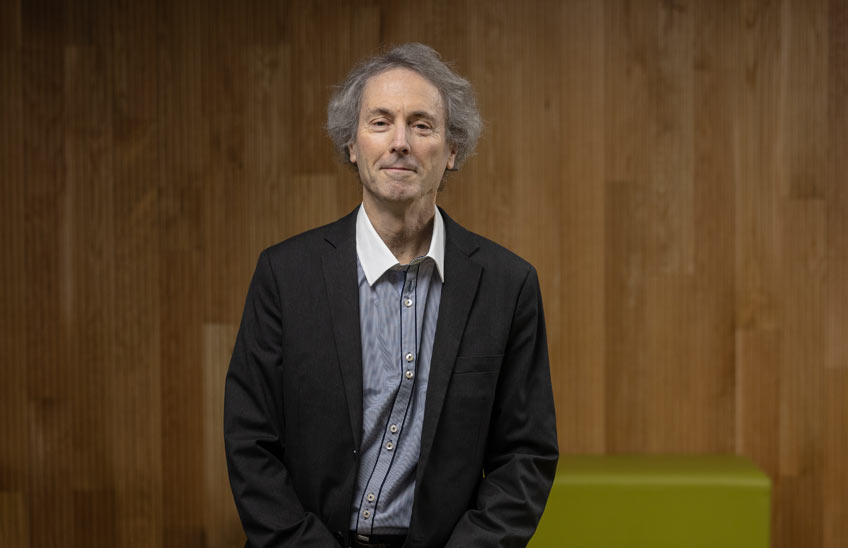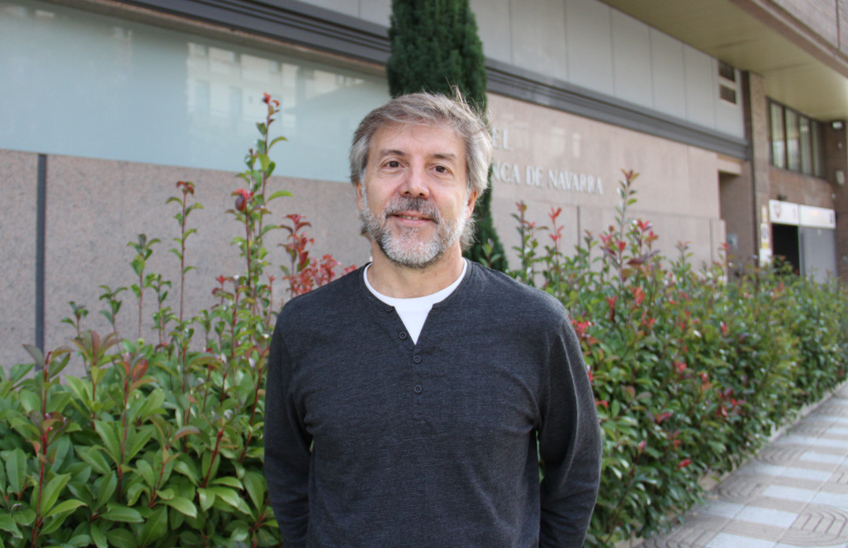Robert Steele: "Understanding Iran's relations with African countries allows us to understand broader dynamics in the world."
Robert Steele, researcher of the Austrian Academy of Sciences, and Fernando Camacho, of the Universidad Autónoma de Madrid, shared their research on Iran's relations with Africa, Spain and Latin America.
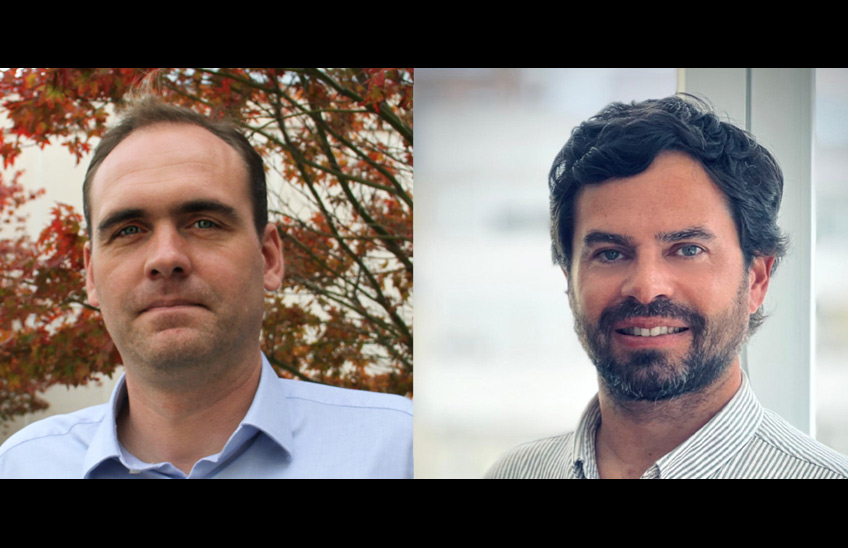
FotoCedida<br>/Los investigadores Robert Steele (Austrain Academy of Sciences) y Fernando Camacho (Universidad Autónoma de Madrid).
08 | 11 | 2024
Despite being one of the main players on the current geopolitical chessboard, Iran continues to be a country blurred by simplifications and narratives that deepen polarization. Research such as that of Robert Steele, professor at the Austrian Academy of Sciences, and Fernando Camacho, from the Universidad Autónoma de Madrid, contribute to build a more polyhedral and adjusted image of the country. In the framework of the challenge ICS 24-25 'Orientalism and Occidentalism: crossed views', both researchers have visited the Institute for Culture and Society and shared their work on Iran's international relations, from the government of Mohammad Reza Pahleví, the last Shah, to the present day.
During his stay, Steele, also researcher at the Institute of Iranian Studies, gave the seminar The Position of Africa in Iran's Grand Strategy under Mohammad Reza Pahlavi, in which he addressed Iran's connections with Africa under the Shah's rule. The expert asks, "How can you understand a country's position in the world if you only study it from the perspective of the West, of its relations with those countries and how it fits into the Western world order?" In this sense, he argues that "understanding seemingly minor relations or relations with less important countries allows you to understand the broader dynamics in the world."
Steele explains that, during his rule (from 1941 to 1979), the sah maintained relations with most African countries, especially those in the south and east, as a result of his ambitious political project . "Iran had very close relations with South Africa and, at the end of his regime, supplied about 95% of the African country's oil imports," he stresses.
Other examples are Gabon, a major provider of uranium, and Senegal, with whom he had an "incredibly close relationship": "There were even plans to build an Iranian-Senegalese city in Senegal, which would be named after Iran's queen, Farah. There would be a refinery there, a petrochemical plant and other infrastructure."
Preventing the spread of communism in southern Africa was also among his objectives, so he tried to establish relations with countries such as Zambia and the former Rhodesia (current territories of Zambia and Zimbabwe): "In the Pahlavi period, during the civil war in Rhodesia (1964 and 1979), some Zimbabwean revolutionaries traveled to Iran, met with them and saw the sah as a kind of peace mediator".
Changes after the revolution
However, with the arrival of Ayatollah Khomeini, "some ties changed and were redefined under the new regime. But Iran had developed such deep relations with certain countries that it was impossible to cut them completely."
Another singular example was Tanzania, with whom they had disputes because of a Shiite community settled in Zanzibar, descendants of Iranians: "They were still learning Persian and maintained a cultural connection with Iran". Because of this conflict, it was not until after the Iranian Revolution in 1979 that they established ties: "Julius Nyerere, president of Tanzania, was the first African leader to congratulate Khomeini on the victory of the revolution. And that started a fairly close relationship."
The researcher notes that "the Islamic regime adopted a very anti-imperialist stance, while the sah, although it presented itself in some respects as anti-imperialist, on the internship was not so much." "Iran has generally good relations with most African countries, which started with the sah. But today there is not as deep involvement in their affairs as there was in the 1970s. And I think the reason is because Africa doesn't really fit into that vision," he assesses.
Connecting two worlds
For his part, Fernando Camacho is working on the project "Miradas cruzadas entre los mundos iranio e hispánico. Relatos y representaciones en la contemporaneidad", which has received the support of the Ministry of Science, Innovation and Universities and of which he is researcher principal together with Javier Gil, researcher of the ICS who coordinates the challenge.
The research, of an interdisciplinary and international nature, seeks to deepen the understanding of the societies of the countries of the Iranian world (Iran, Afghanistan, Tajikistan and Kurdistan) in Spanish-speaking countries, and vice versa. "We want to connect the two worlds, with a complete look, focusing on the 20th and 21st centuries. We seek to make known what these relations have consisted of throughout history and how they are developing now," he explains. Specifically, they study "looks, representations and contacts in different fields, through cinema, literature, photography... And, in addition to thematic, by countries and chronology".
"Currently, the image of countries like Iran and Afghanistan is very stereotyped and what is seen in the news is generalized, ignoring a very beautiful cultural reality," says the expert. Therefore, studying how the Iranian and Hispanic worlds are known, explained and represented mutually will favor a broader and more critical view, away from biased visions.
Camacho points out that there are more links between the two regions than the usual diplomatic relations, and work can shed light on them. For example, "there are many accounts of Spanish travelers who have toured Iran, from the 17th century until now. And in Iran they have a huge fascination for flamenco. There are academies and also Iranian artists living in Spain and the United States. Some even mix flamenco with traditional Persian music. They are very unknown links". He also points out that Iranians enjoy Latin American magical realism, in whose stories they find echoes of their own literature. They read Borges, García Márquez and Lorca, and admire the work of Frida Kahlo, among other creators. It is also easy to find Spanish academies although, at least for the moment, there is no Instituto Cervantes in Tehran: "Spain does not want to express a greater closeness and prefers to focus on other countries where the political relationship is more fluid. Relations are good, but distant".
What he calls "academic diplomacy", scholarship and exchange programs for Iranian and Spanish students and professors, also contributes significantly to the rapprochement of these two worlds: "They change the image completely and are surprised in a positive way". The researcher considers that tourism, still a minority, could be a good tool to break down barriers and prejudices, although the geopolitical reality and management assistant (visas) make it difficult.
The transfer of knowledge is one of the pillars of project, which foresees, in addition to the scientific research , the production of content aimed at the general public. Among them, a podcast, books, articles from knowledge dissemination, a blog and several exhibitions, one of them of photography from Afghanistan at partnership with the Afghan Embassy.

